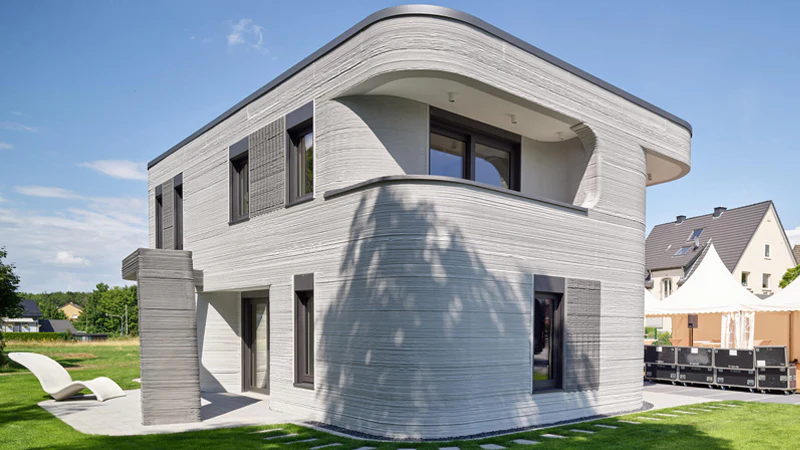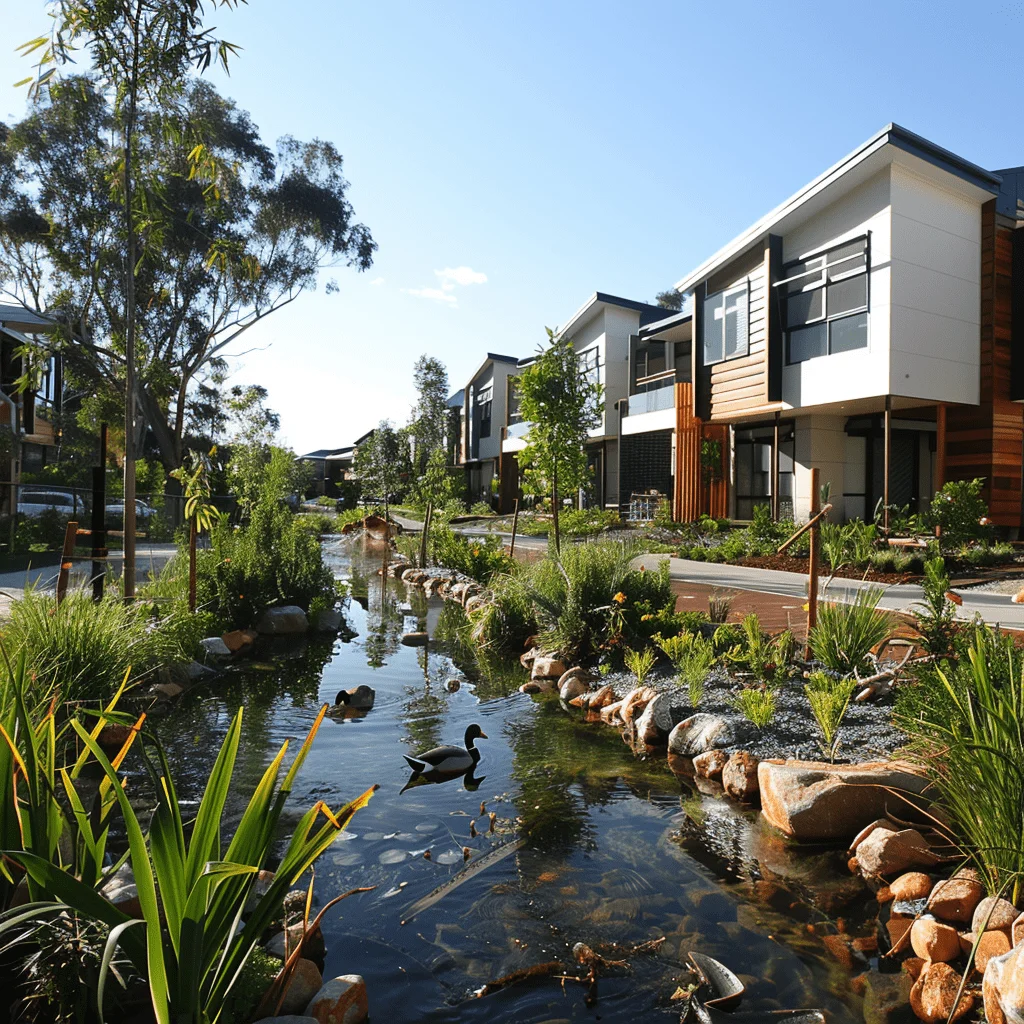Housing Crisis and New Construction Trends in Australia
- Pi Building
- Dec 26, 2024
- 3 min read
Updated: Dec 29, 2024
The housing crisis in Australia has intensified due to various factors such as population growth, limited housing supply, rising construction costs, and stagnant wage growth. Addressing this crisis requires innovative approaches in construction, policy reform, and technology integration.

Key Trends in New Construction
To address the housing crisis, the construction industry is undergoing a transformation. New trends and innovations are shaping the way homes are built, offering opportunities to deliver faster, more affordable, and sustainable housing solutions. Here are some key trends making a difference.
1. Prefab and Modular Construction
Prefabricated and modular construction is revolutionizing the housing industry. By assembling components in controlled factory environments, this method cuts down on time, waste, and labor costs. Prefab homes are scalable, adaptable, and can be tailored to meet the growing demand for affordable housing.
Efficiency: Prefabricated and modular buildings are gaining traction due to their faster construction timelines and lower labor costs.
Sustainability: Modular components often use recyclable materials and produce less waste, making them environmentally friendly.
Cost-Effectiveness: Reduces on-site labor costs and mitigates the impact of material price fluctuations.
2. Affordable Housing Models
Sustainability is no longer optional in construction. Green building practices, including energy-efficient designs, renewable materials, and integration of solar or geothermal systems, are gaining traction. These methods not only address environmental concerns but also reduce long-term costs for homeowners.
Build-to-Rent (BTR): Growing interest in BTR projects provides long-term rental options, stabilizing housing for middle-income groups.
Mixed-Use Developments: Incorporating residential, commercial, and recreational spaces reduces urban sprawl and increases housing density.
3. Green Building Practices
Technology is at the forefront of solving construction inefficiencies. Innovations like Building Information Modeling (BIM), robotics, and 3D printing are transforming the way homes are designed and built. These tools improve accuracy, reduce timelines, and lower overall costs, making them indispensable for modern construction.
Sustainability Focus: Energy-efficient designs, solar power integration, and water-saving technologies are becoming the norm.
Certification Standards: Green Star and NABERS certifications drive the adoption of environmentally conscious construction practices.
4. Government Interventions
Subsidies and Grants: Supporting first-home buyers, builders, and developers through financial assistance.
Zoning Reforms: Revising zoning laws to encourage higher-density developments in urban areas.
How Technology Streamlines Processes
Streamlining construction processes is essential for improving the speed and cost-effectiveness of housing developments. Leveraging technology helps eliminate inefficiencies and create a more transparent and collaborative construction ecosystem.
Artificial intelligence and data analytics provide actionable insights into housing demand, material procurement, and even predictive maintenance for completed homes. These technologies enhance decision-making and ensure efficient resource allocation.
1. Building Information Modeling (BIM)
Enhanced Collaboration: BIM enables all stakeholders to work on a shared platform, improving design accuracy and project management.
Cost Prediction: Helps in forecasting costs and optimizing resource allocation.
2. Drones and Robotics
Site Monitoring: Drones provide real-time data on construction progress and help identify potential issues early.
Robotics in Construction: Automated bricklaying, 3D printing, and assembly lines enhance precision and reduce labor dependency.
3. IoT in Smart Construction
Monitoring Equipment: IoT sensors monitor machinery and site conditions, reducing downtime and improving safety.
Smart Housing: Integration of IoT devices in housing improves energy efficiency and enhances living standards.
4. Artificial Intelligence and Machine Learning
Predictive Analytics: AI identifies risks, suggests mitigation strategies, and forecasts project timelines.
Customer-Centric Design: Machine learning analyzes buyer preferences to optimize layouts and features.
5. Digital Platforms
Construction Management Software: Tools like Procore and PlanGrid streamline project scheduling, documentation, and communication.
E-Marketplaces for Materials: Digital platforms connect builders with suppliers, ensuring cost transparency and timely delivery.
Addressing Australia's housing crisis requires collaboration between the government, developers, and technology providers. Leveraging new construction trends and innovative technologies can reduce costs, accelerate timelines, and provide sustainable, affordable housing solutions for the growing population.






Comments